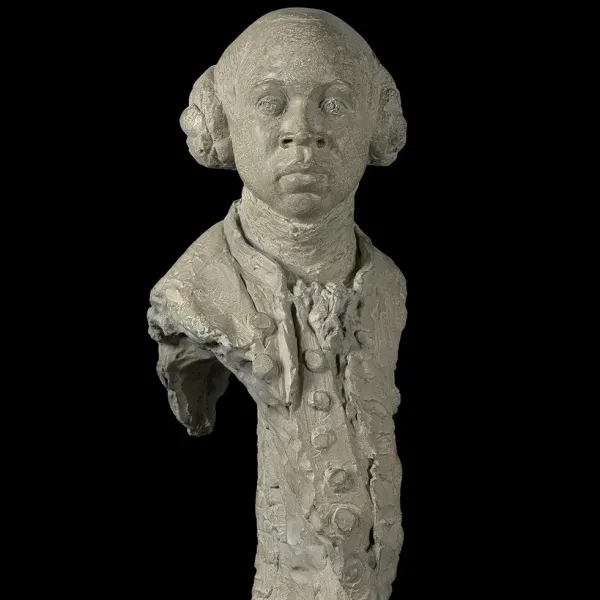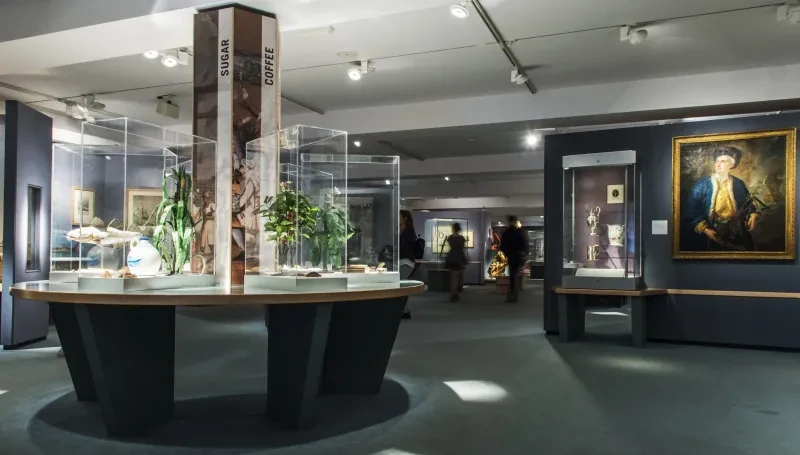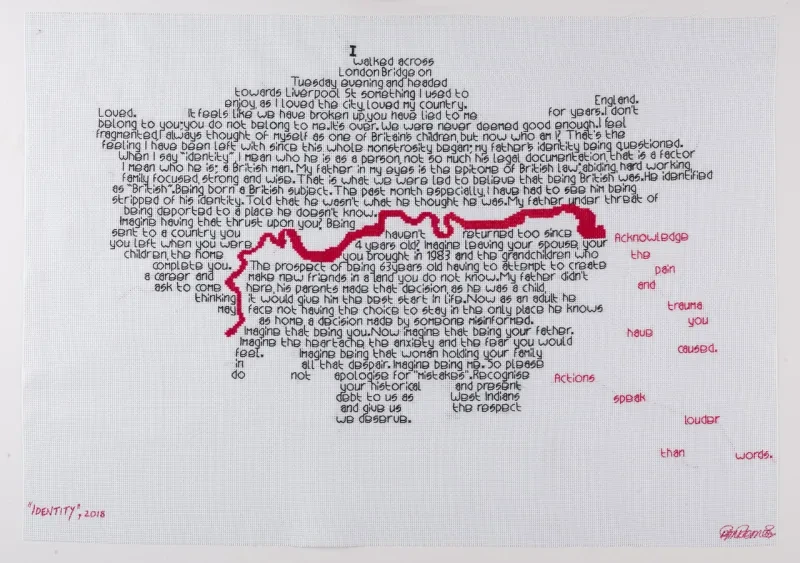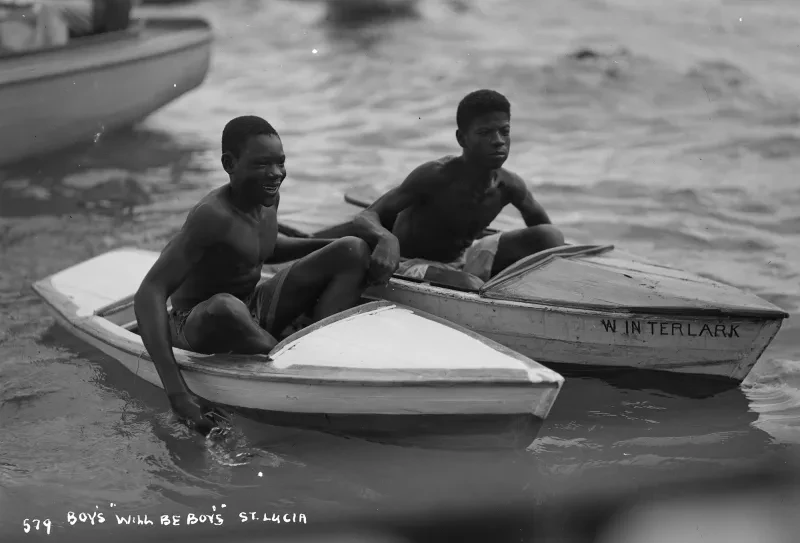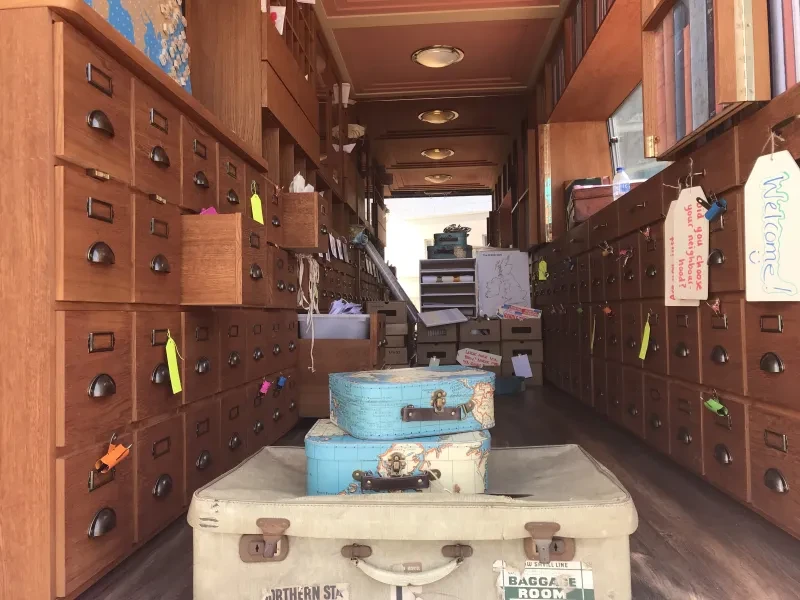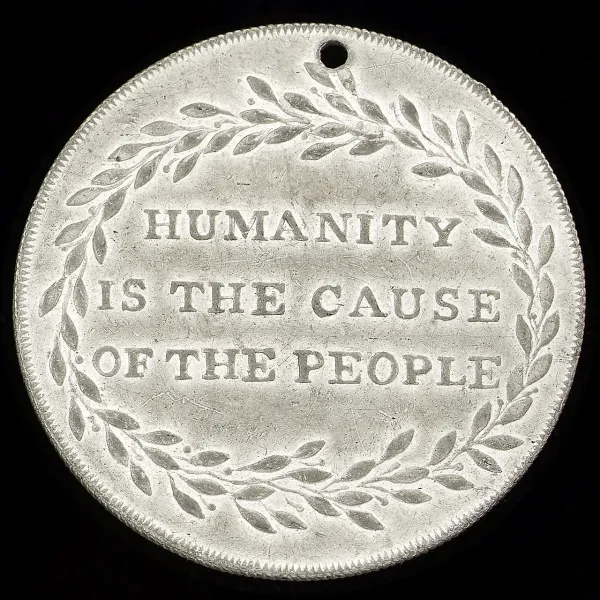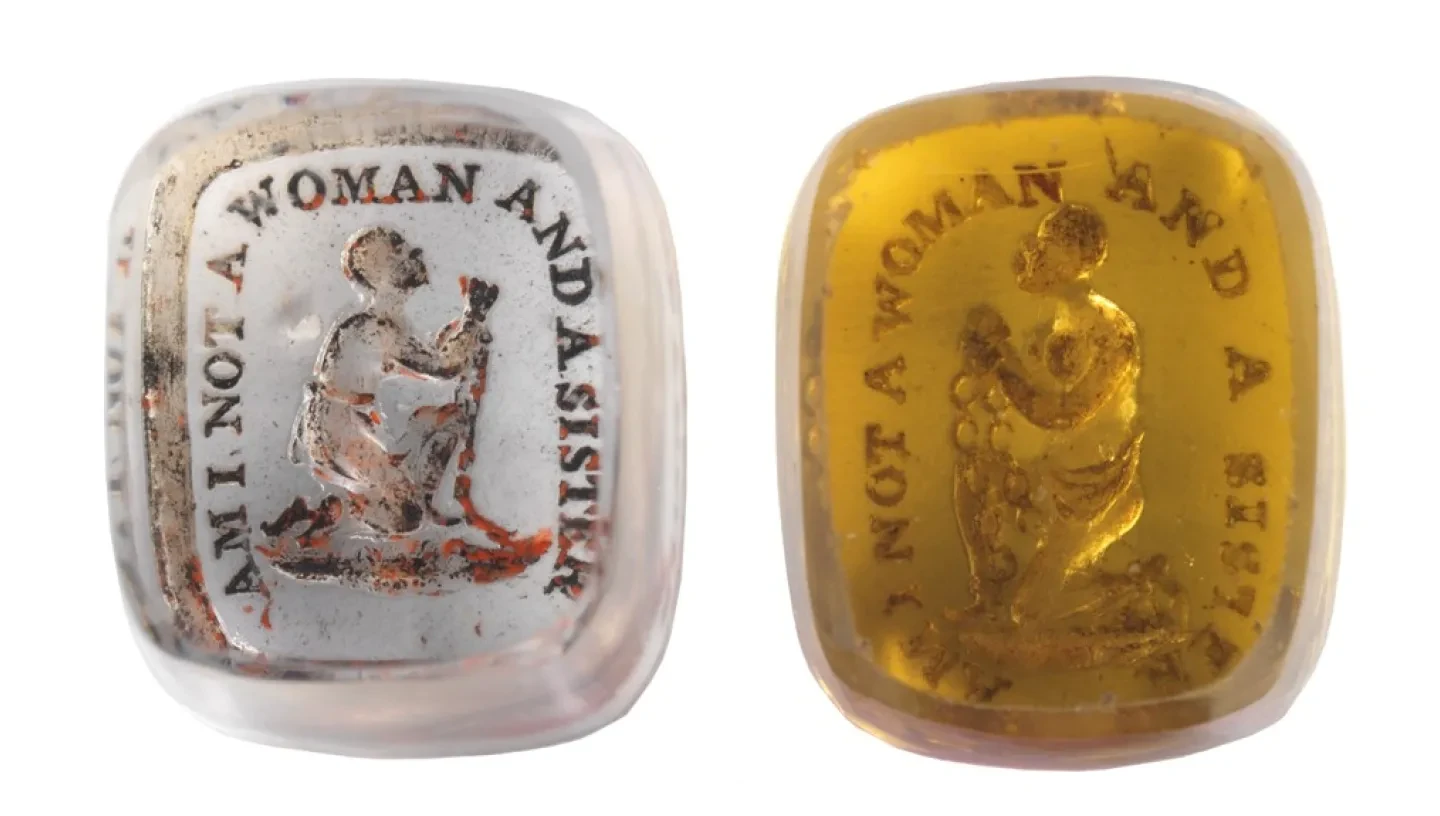
The life of Mary Prince, born into slavery in Bermuda in 1788, was fairly typical.
Across the West Indies, enslaved women were over-worked, flogged and abused on a regular basis. However, Mary refused to be beaten into submission. Like many other enslaved women, she fought tooth and nail for her right to be free.
Much of what is known about Mary’s life comes from her narrative, The History of Mary Prince, A West Indian Slave, Related by Herself, which was published in 1831 – three years before the Abolition of Slavery Act came into force.
Mary’s book sparked much public controversy. Those opposed to slavery saw it as a vindication of their beliefs, proof that the enslavement of millions of Africans was a shameful blight on Britain’s reputation as a champion of liberty. Those who supported slavery, particularly West Indian planters who had a financial stake in the institution, saw it as Abolitionist propaganda.
Mary’s book was at the centre of two court cases, one brought by her benefactor Thomas Pringle against the editor of Blackwood’s Magazine for libel; the other by Mary’s owner, John Adams Woods against Pringle for defamation of character. Surviving court records show that Mary appeared as a witness on both occasions. She is described as "a negress of very ordinary features… about 35 years old".
Although Woods won his case against Pringle and was awarded £25 in damages, Mary’s account of the brutality she endured was never discredited. One of Pringle’s witnesses "found many marks of wounds upon her, She was as active as her state would allow, but she was so ill as to be hardly able to do any work".
Mary’s courageous fight for freedom, and her poignant testimony on behalf of other enslaved peoples, stands as an example of the resilience and resistance of generations of enslaved women throughout the West Indies.
The Campaign for Abolition
The British campaign to abolish slavery falls into two distinct stages. The first focused on the trade itself, culminating in the Abolition of the Slave Trade Act in 1807. This legislation banned the trading in enslaved people across the British Empire. The second brought about the abolition of the institution of slavery itself when the Abolition of Slavery Act was passed in 1833. It came into force on 1 August 1834.
Women were instrumental in both stages of the campaign, writing anti-slavery poetry and organising a boycott of West Indian sugar. Men like William Wilberforce, Granville Sharp and Thomas Clarkson are remembered for their opposition to slavery, yet numerous women helped bring about its eventual demise. They include women like Georgiana, Duchess of Devonshire; the playwright and poet Hannah More; and the Bristol milk-woman Ann Yearsley.
Examples of Abolitionist literature and the pottery, badges and commemorative coins they produced to publicise their campaign can be viewed in the Museum’s online collection.
Find out more
